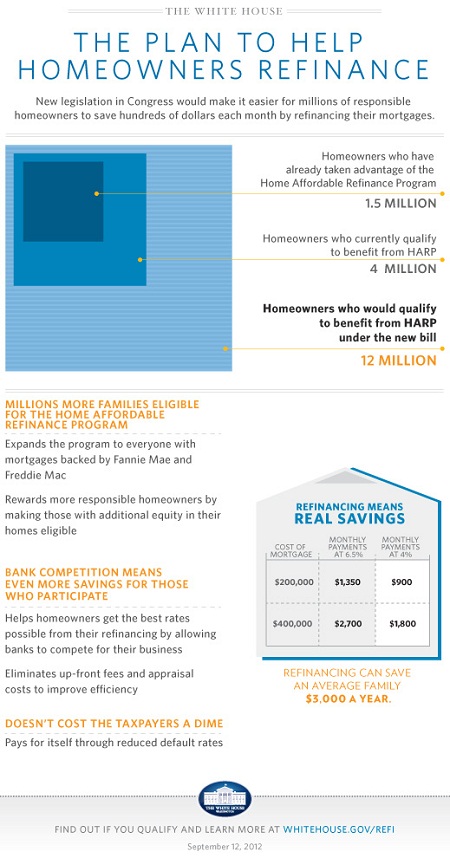From Bloomberg:
New Jersey Housing Suffers as Defaults Exceed Nevada: Mortgages
New Jersey’s judicial review of all foreclosures, which delays seizures to help borrowers, threatens to hold down prices for years as properties remain subject to repossession and then may be sold at a discount. That’s buffeting a housing market already hurt by unemployment that’s risen to a 35-year high.
The state passed Nevada in the second quarter in the rate of homeowners with seriously delinquent loans — those 90 days late or in foreclosure — according to the Mortgage Bankers Association. Only Florida had a higher rate of serious delinquencies, and that fell 1.2 percentage points from a year earlier to 17.5 percent of mortgages. In comparison, New Jersey’s rose 1.3 percentage points to 12.7 percent.
While home values increased in July from a year earlier in 42 states, New Jersey prices fell 0.8 percent, according to CoreLogic (CLGX), a real estate services company based in Santa Ana, California.
“Housing is an albatross around New Jersey’s economy, which is one of the weakest in the country,” Mark Zandi, chief economist at Moody’s Analytics Inc. in West Chester, Pennsylvania, said in an e-mail.
From the Philly Inquirer:
S&P downgrades N.J.’s economic outlook to ‘negative’
Budget analysts and credit rating agencies continue to cast doubt on a “Jersey Comeback.”
On Tuesday, Standard & Poor’s became the third credit agency within days to warn that New Jersey’s $31.7 billion budget, which went into effect July 1, is based on overly optimistic revenue projections. It depends on expected revenue growth of nearly 8 percent, more than twice the rate of the previous year.
The Christie administration itself is presenting a muted economic forecast to investors, a far cry from the governor’s months of touting the state’s economic “comeback,” a slogan he recently abandoned.
While two other rating agencies, Moody’s and Fitch, last week deemed the state’s economic outlook “stable,” S&P downgraded it to “negative.” It cited the revenue assumptions; reliance on one-shot measures, such as the clean energy fund, to plug budget holes; and longer-term economic pressures.
Both Moody’s and Fitch expressed concern that despite the state’s relatively wealthy population and diverse economy, New Jersey has lagged behind the nation in recovery and its budget remains structurally unbalanced.
From the Record:
NY Fed chief cites slow N.J. recovery
The president of the Federal Reserve Bank of New York told an audience of students, corporate executives and college officials at Montclair State University Tuesday that New Jersey’s economy is improving – albeit at a moderate pace.
President Bill Dudley, said the Fed’s move to spend $40 billion a month on mortgage bonds, which he voted for, was necessary given the slow advances in economic growth nationally.
Without further action from the Fed, he said, growth would be too weak to “make big inroads into the spare capacity” of labor and industrial production, and wouldn’t boost employment or business spending.
“I believe that a nudge in the right direction will move us will move us closer to a self-reinforcing cycle of more hiring, more spending, more growth and more investment,” he said.
…
In New Jersey, he said, the economic recovery is struggling from the impact of the continuing housing slump and the excessive debt burden that people are carrying.
Although there are signs that housing prices are starting to “firm,” there has been little recovery in the construction industry, and the percentage of mortgage debt in New Jersey that is 90-days delinquent – 9.3 percent in June – is three percentage points higher than the national rate, Dudley said.
“Things are improving, not as fast as we’d like,” he said. “There is still a lot of stress on New Jersey families.” As of the second quarter of 2012, the average debt per person was about $63,000, “roughly unchanged over the past several years,” he said.”Delinquency rates on that debt are high,” he said, adding that “8.4 percent of all debt in the state is seriously delinquent, up from 7.4 percent in 2011.” That’s well above the national rate of 6.7 percent, he said, adding that “many New Jersey households are still struggling with their finances.”


